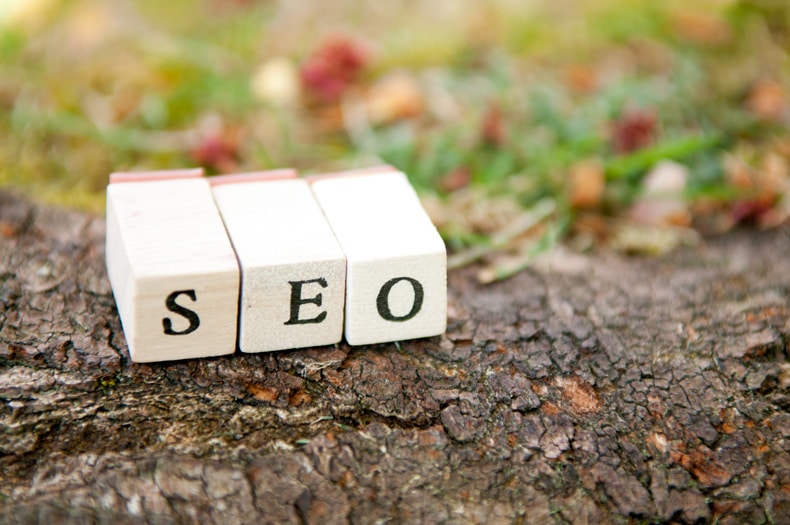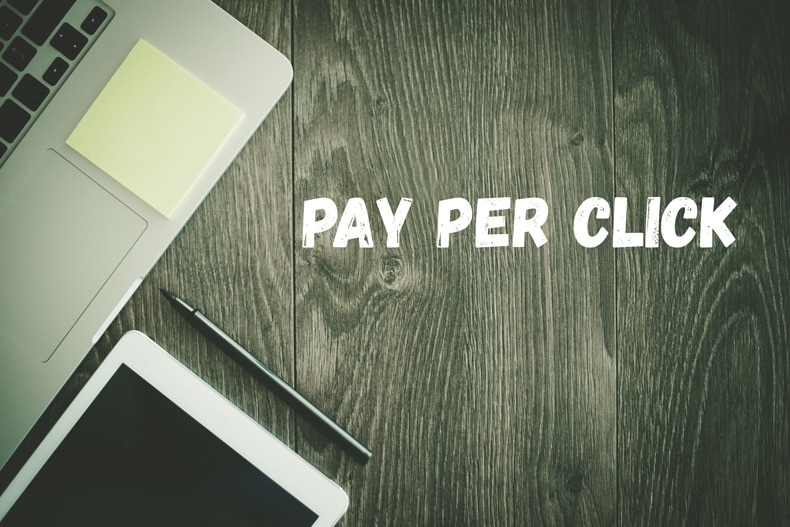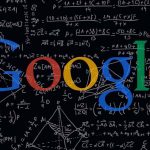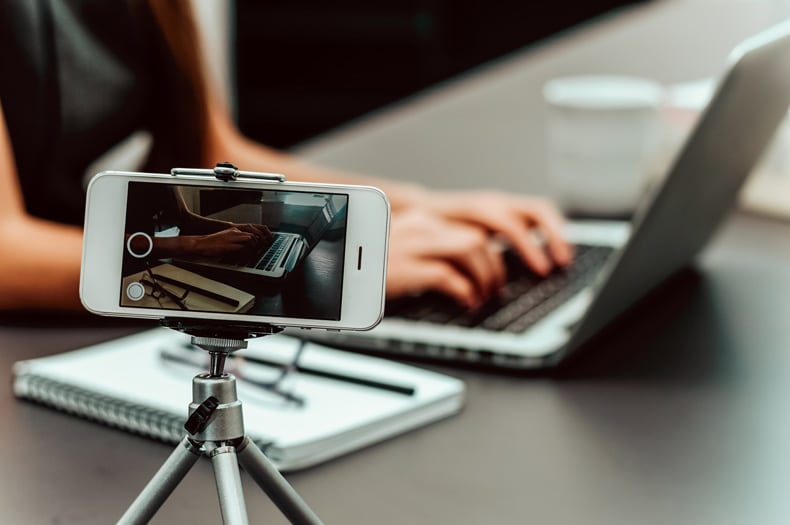Do people really click on a search result when they know it’s an ad? Or is it like that luxury car commercial tacked onto a Youtube video? Do people just tune them out? Maybe earning more organic clicks through organic SEO services is the answer. But what’s the actual timeframe to get onto page #1 of Google Search for your targeted keywords?
As a business leader, you need to put your marketing dollars where you’ll get the highest return on your investment. Let’s explore where the clicks go and which one is right for your business.
User Experience
SEO is all about user experience. Search engines like Google give the star treatment to websites that prove they’re providing the right experience. How do they prove it? By demonstrating that they’re the best site to provide the answer to a searcher’s query. Search engines use a complex algorithm to determine if you’re that site. Making sure your site is fast and mobile-friendly contributes to this user experience. Creating content that people are looking for and increasing its visibility are also important. In addition, many organic SEO services that don’t even happen directly on your site (called off-page SEO) further help your website build authority. PPC (pay per click) ads are also about user experience. They allow companies that have something to offer a split second opportunity on the screen to show a searcher that they’ve got the answer and deserve that click.
Clicks
While page 1 organic results still get the lion’s share of clicks – around 70% – one study showed that paid click-throughs rose 20% from 2016 to 2017. That can largely be attributed to the introduction of Google Maps results and other more dynamic displays. Even though ads have discreet little boxes indicating that they’re ads, many people don’t realize they’re ads. Or the ad effectively presents a compelling offer that earns that click. So, to answer this post’s question: Yes. People click on ads. But we need to look a bit closer to see the big picture.
Close Rates
The close rate for a display ad is around .87%, while a search ad close rate is about 2.70% on average. Experts estimate that as many as 50% of ad clicks are made by mistake. Display ads are more likely to earn false clicks as they may be cover content. You can reduce your chance of earning false clicks significantly by properly managing your ads. In other words, in any ad campaign, you’re paying for a lot of clicks that don’t become paying customers. That’s much better than your close rate when you buy airtime in traditional marketing though. Organic results achieved through organic SEO services result in a close rate of 14.6%. This suggests two very important things that you’ve probably already figured out:
1) The leads coming in through organic are more highly qualified leads.
2) The visitors actually meant to visit your site. It wasn’t a mistake.
The take away here would be that more traffic doesn’t always equal more revenue. The quality of that traffic matters.
Timeframes
Now, we get to the part that frustrates many businesses. You’ve just heard that you get better traffic through organic SEO services. You’re ready to go all in with SEO. But we would urge you to check your enthusiasm for just a moment. Organic SEO services are a long-term traffic-generating, revenue-generating strategy. They build an infrastructure on which all of your marketing strategies work more effectively. They allow you to earn those clicks simply because you’ve obtained a page 1 spot. But Google requires websites to demonstrate over time that they’re a respected authority. Google themselves state that it can take nine months to 1 year for a website that invests in organic SEO services to see a significant change in ranking. PPC can be instant in comparison. You research keywords. You do a competitive analysis. You craft your message and strategy. Then you’re off and running, driving traffic to your website.
Financial Investment
Both organic SEO services and PPC services cost money. A lot of time and commitment goes into building and SEO’ing a website. Overall PPC is much more costly. Because of the false clicks, low close rate and cost to compete for competitive words, you’ll end up paying a much higher rate. Working with a PPC professional who understands how to streamline everything will be able to keep your costs lower than otherwise possible. SEO also costs time and money. It’s an investment in the long-term success of your business. But in the long run, organic SEO services will cost less to execute and maintain.
Long-Term ROI
In the long run, SEO wins hands down when it comes to ROI. But in the short term, it can be agonizing waiting for that pay-off. PPC has very little long-term ROI. Once you stop running a campaign, the traffic stops. What you can do to make it pay off longer term is nurture the customer relationships that you generated through PPC. In doing so, you increase your CLV and promoter activity. But this goes back to SEO and creating the right user experience.
Finding the Balance
The take away here is that you need both in proper balance to get the most out of your marketing dollars. It’s not either/or. It’s and. Organic SEO services lay the framework you need for long-term success. They ensure that your website is providing a seamless user and customer experience. PPC helps you get more traffic now. And an effectively run PPC campaign can convert that traffic into leads and loyal customers. It can cost more. But it earns a higher payback in the short-term. Finding the balance will help you achieve the highest ROI on your marketing budget.
Organic SEO Services
Paid ads are an important part of your digital marketing strategy. They do earn clicks. And they’re earning more clicks year after year. But those clicks can be low quality, leading to low conversion rates. SEO can help you attract more highly qualified leads, leading to a greater ROI. But it takes some time to see results. To get the most out of your marketing budget, you need both in a comprehensive digital marketing strategy. To find out how we can help you reap the rewards of SEO and PPC, contact us today.









